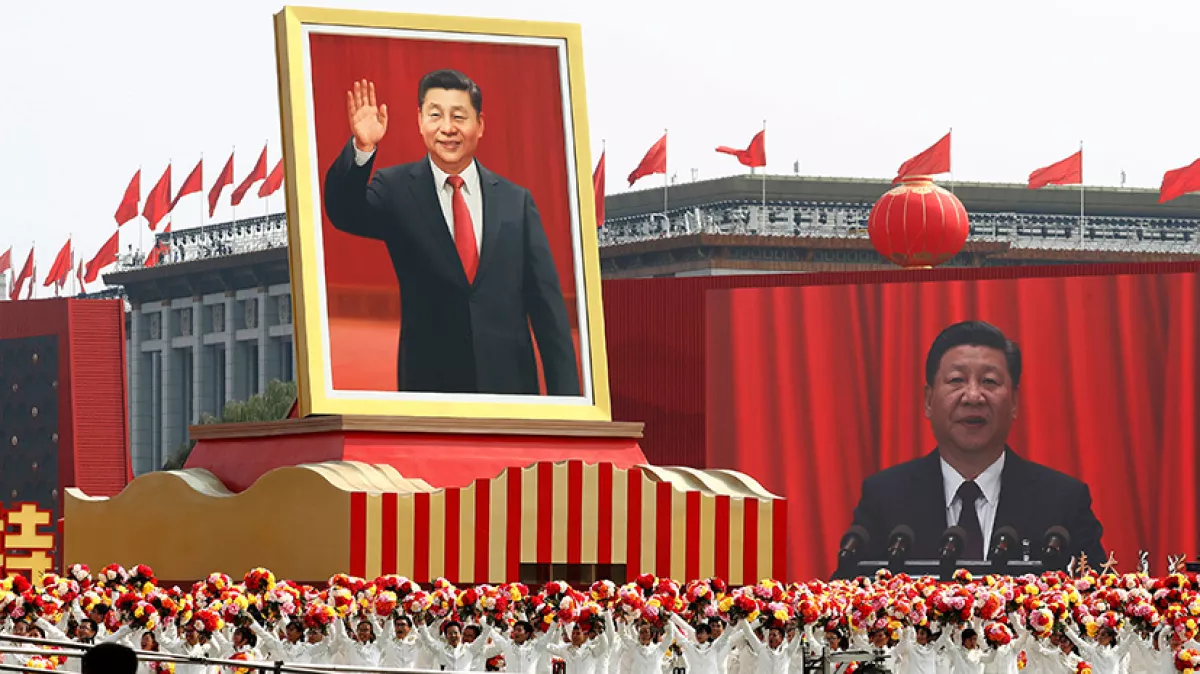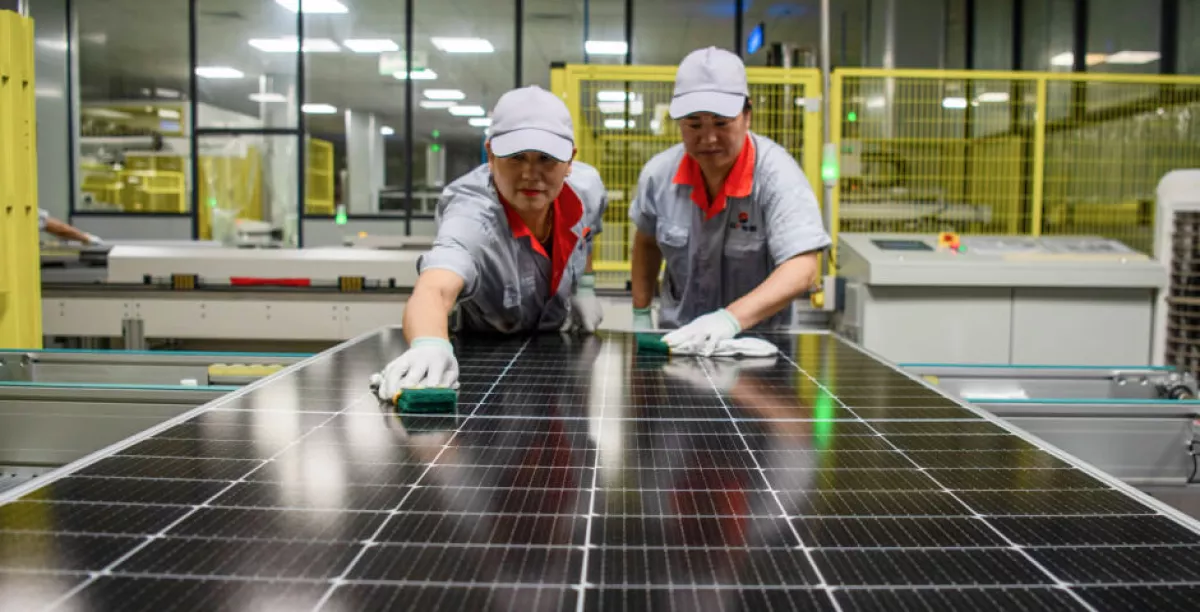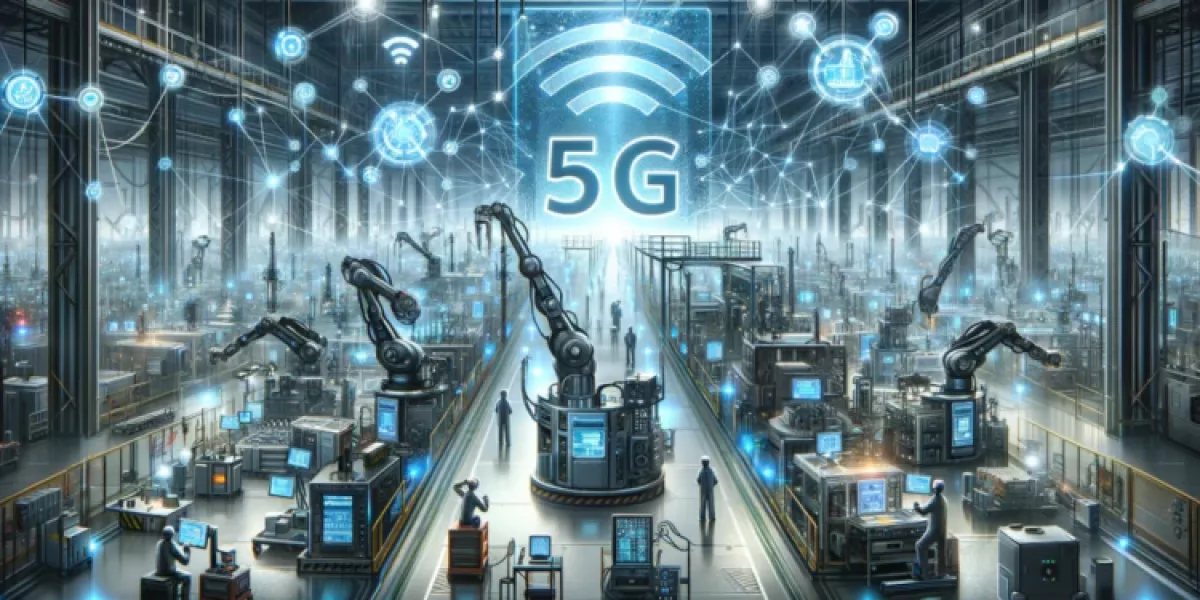Lessons and prospects of China’s economic miracle Against predictions
China's economy is once again showing impressive growth. What is driving the success of the People's Republic of China (PRC), and how will this affect the global economic situation?
Today, international financial institutions are once again revising their forecasts for China upwards. Meanwhile, Western analysts and propagandists, who had gleefully predicted a crisis and problems for China, have once again been proven wrong.
Sustained progress
On November 22, the Xinhua news agency reported that China’s economy continues to experience a steady recovery, with new growth factors emerging. The term "recovery" is not accidental – China's economy suffered significantly from the COVID-19 pandemic. However, it is now regaining momentum.
In recent months, China has seen continued positive economic trends. In October, retail sales of consumer goods increased by 4.8%, up from 3.2% in September. In some sectors, the growth of product and service sales accelerated even further. Online retail sales of home appliances in September and October surged by over 40%. Similarly, offline consumption in Chinese restaurants and hotels also saw double-digit growth. This trend is expected to continue in the coming months.
However, consumption is not the only area where China’s economic indicators are improving. Positive figures are also emerging in foreign trade and industrial activity, with stable levels of investment and industrial production. For the first three quarters of 2024, China’s GDP grew by 4.8%. The country is now targeting a 5% GDP growth for the full year.
But throughout the year, there has been ongoing uncertainty about achieving the target growth figures...

The roller coaster of forecasts
It is no secret that the world’s largest economy by GDP at purchasing power parity has faced some challenges in recent times. First and foremost, the lingering effects of the COVID-19 pandemic have had a significant impact. Additionally, the real estate market in China has seen a negative trend, which has weighed on the economy. There have also been other local issues. Meanwhile, Western competitors, far behind China in economic performance, were eagerly anticipating the collapse of the “Chinese miracle.”
Against this backdrop, several times this year, one of the world’s largest investment banks, Goldman Sachs, along with other international financial institutions, revised their forecasts for China’s economy. For instance, after the first quarter of 2024, Goldman Sachs raised its forecast for China’s annual GDP growth to 5%. In July, industrial production in China surged to 5.1%, surpassing even the year-end GDP growth target. However, by August, the growth rate slowed to 4.5%.
The same trend was observed in consumption growth, which slowed to 2.7% in July and further dropped to 2.1% in August. As a result, Goldman Sachs revised its forecast for China’s GDP growth down to 4.7%. However, by mid-October, buoyed by the continued successes of China’s economy, the bank raised its 2024 GDP growth forecast to 4.9%. The forecast for 2025 was also increased by 0.4%.
The steady hand of state regulation
How has China managed to successfully address these challenges and achieve such impressive growth, far outpacing both the EU and the US? In the broadest sense, the answer lies in the "leading role of the party." China’s effective economic model is built under the leadership of the Communist Party of China, guiding its strategies and policies for long-term success.

State funding and planning are the two foundational pillars of China’s economy, despite the presence of market relations and encouragement of private initiative. However, the economy of the EU, despite its liberal rhetoric, is also heavily regulated by state and supranational bodies. In this regard, the European Union is decisively losing the competition to China. This is likely due to a complex set of factors, including China’s unique philosophical and ideological doctrine, which synthesizes Marxist-Leninist principles with ancient Confucian traditions in a distinctive way.
As for the improvement in economic indicators for the current year, China’s leadership has implemented a number of concrete and practical measures. Earlier, President Xi Jinping proposed focusing on "new productive forces" — high-tech industries — to drive further growth.
The three pillars of China's new economy
This year, China has seen a sharp increase in investments in "green" technologies, the digital economy, and modern infrastructure. Special attention is also being paid to enhancing the resilience and modernization of global manufacturing supply chains.
According to data from China's National Bureau of Statistics (NBS), the added value in high-tech industries within the manufacturing sector grew by 9.4% in October. Some particularly in-demand industries experienced even higher growth. For example, drone production surged by 41.9%, new energy vehicles increased by 48.6%, and solar panels grew by 13.2% year-over-year. Moreover, investments in high-tech sectors are growing at a pace that significantly outstrips overall investment trends. Today, China is a global leader in "green" technologies, positioning itself among the leading countries in reducing production energy intensity.
From January to October 2024, the production and sale of "new" cars in China reached 9.7 million units. In October alone, vehicles with new energy sources accounted for 46.8% of all car sales in China. Experts predict that demand for clean energy and related equipment will continue to rise.

In addition to establishing global production links and supply chains, both private and state-run enterprises in China, as well as the country itself, continue to push forward. China is constantly modernizing its established supply chains, addressing gaps, and forming new cooperative ties. Today, many countries cannot function without Chinese manufacturers and suppliers.
According to Xinhua, China is now the "world's largest manufacturing hub and the only country with a nearly complete industrial system." Priority is given to cooperation with countries involved in the "Belt and Road" initiative and the "Regional Comprehensive Economic Partnership" (RCEP). In the first 10 months of 2024, trade between China and Belt and Road participants grew by 6.2%, while trade with other RCEP countries rose by 4.3%.
The importance China places on global supply chains is further underscored by the fact that on November 25, Beijing hosted the 2nd China International Supply Chain Expo (CISCE). According to Chinese media, this is the first event of its kind in the world at a national level. The exhibition was held under the slogan "Uniting the World for a Shared Future."
How 5G is revitalizing the "Rust Belt"
China is not leaving traditional industrial sectors behind when it comes to innovation. Today, digital technologies are being actively integrated into "old" industries. Robotics and automation are becoming key drivers in accelerating these sectors. For example, at the Wuhan CSP Terminal Co., Ltd., located on the Yangtze River, 50% of the loading capacity at the terminal has been automated. This has significantly boosted labour productivity. Using the "5G + Industrial Internet" technology, all the cranes at the terminal are controlled from a single console, and tasks previously handled by 39 workers are now carried out by just 12. The "5G + Industrial Internet" approach is aimed at a new, intelligent modernization of production. This technology, which seeks to fully integrate workers, equipment, and systems, is being actively adopted in China’s steel industry, mining, machine manufacturing, and port logistics.
The expansion of transport capacity in China is happening almost non-stop. The latest development: on November 24 of this year, the first high-speed train made a test run along the Shanghai-Huzhou route, with a design speed of 350 km/h.

In China, there is a term called the "Rust Belt," which refers to the depressed zones where old industries have fallen into decline. Digital technologies are now rushing to help revitalize these areas, often performing both "micro" and "macro" miracles. For example, in the city of Hegang in Heilongjiang Province, digital tools are aiding the revival of the local graphite mining industry, which had previously been in decline. Where mining once relied on extensive methods, it is now being carefully planned, including through remote monitoring and analysis. This approach is eliminating inefficiencies and saving resources. As a result, both the local industry and the city of Hegang itself are experiencing a resurgence. Today, across China, there are 15,000 "5G plus industrial internet" projects in operation, spanning all 41 major sectors of traditional industry.
This experience could be of interest to several Eastern European countries, which were significantly impacted by the destructive "market reforms" of the 1990s.
Today, the development of China’s economy holds global significance. China’s industry and trade are, without exaggeration, the main drivers of global growth. First, thanks to these sectors, the world economy continues to grow and has not fallen back into recession.
Second, cooperation with China has a particularly positive impact on the development of Global South countries, fostering the creation of a new, more balanced, and equitable global economic order.
Third, China’s advancements in green energy make a huge contribution to combating climate change. In 2023 alone, China’s wind and solar energy products helped various countries reduce carbon dioxide emissions by 810 million tons.
In short, the growth of China’s economy is expected to positively impact the prosperity and security of many, particularly those who are open to a shared future.








